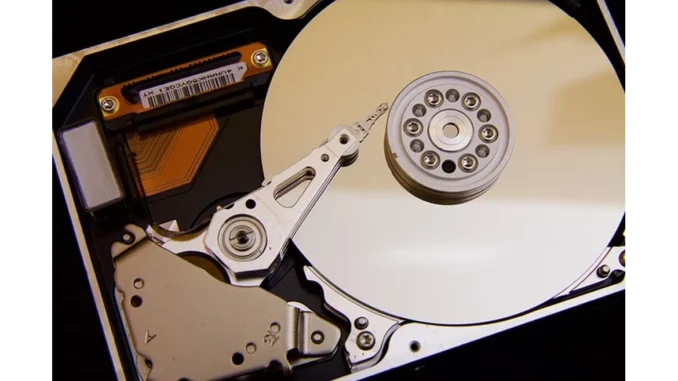
In the rapidly evolving world of data management, finding the right backup and sync strategy can be akin to navigating a labyrinth. For IT professionals and enthusiasts alike, ensuring data integrity and availability across multiple devices is both a priority and a challenge. Recently, I had the opportunity to sit down with Paul Harding, a seasoned IT administrator, who shared his journey through the intricate process of synchronizing data between two NAS devices in a RAID 10 configuration. His story is one of experimentation, learning, and ultimately, finding a method that met his needs.
Paul began by explaining his setup: “I’ve got a Synology DS1819+ with six drives configured in RAID 10. This setup has served me well for a while, but as our data needs grew, I knew it was time to expand. That’s when I decided to bring a DS1821+ into the mix.”
The plan was to place the new DS1821+ at a different location, but still within the same network via a personal VPN. Paul aimed to mirror the data between the two devices and continue his existing backup routine using Hyper Backup to an rsync server connected to a USB hard drive enclosure.
“My goal was straightforward,” Paul said with a chuckle, “I wanted to keep the data identical on both the DS1819+ and DS1821+, while maintaining my backup strategy. It sounded simple in theory, but the execution was another story.”
Initially, Paul attempted a manual data transfer. “I right-clicked and copied the shared folders from the DS1819+ to a USB drive, then did the same from the USB drive to the DS1821+. Everything seemed identical—shared folder names, subfolders, files. But when I set up Synology Drive ShareSync for a two-way sync between the NAS devices, things took an unexpected turn.”
When Paul ran the sync task, he noticed an alarming jump in the number of files being updated. “It started with just a few, then suddenly there were hundreds. I panicked and stopped the task,” he admitted. The experience left him wondering whether he should allow the DS1821+ drives to remain blank and let them populate from the DS1819+ instead.
Paul also pondered the flexibility of the Drive ShareSync tool. “Can I set it to run on a schedule? Can I manually force a sync when needed? These questions kept me up at night,” he laughed.
In his quest for answers, Paul came across discussions about Snapshot Replication. “I’d seen it mentioned in various forums and articles, but I wasn’t sure if it was something I should incorporate into my setup.”
Reflecting on his experience, Paul shared some insights for those navigating similar challenges. “First, it’s crucial to understand the tools at your disposal. Synology offers a range of options, and it’s worth taking the time to learn about each one. I found that Snapshot Replication could be a valuable addition for maintaining data consistency and offering an additional layer of protection.”
Paul also discovered the importance of testing configurations in a controlled environment before fully deploying them. “What I learned from my initial panic was that it’s essential to test these setups in a non-critical environment first. It gives you the chance to see how things behave and make adjustments without risking your data.”
As for his current strategy, Paul is exploring a hybrid approach. “I’m considering a combination of Drive ShareSync and Snapshot Replication. The former offers the flexibility I need, while the latter provides a safety net.”
In a parting piece of advice, Paul emphasised the importance of patience and perseverance. “Data management isn’t always straightforward. There will be challenges, but with each hurdle comes a new understanding. Take your time, don’t be afraid to experiment, and most importantly, learn from each experience.”
Paul Harding’s journey serves as a reminder that in the world of data management, there’s no one-size-fits-all solution. Each setup is unique, and finding the right balance requires a mix of knowledge, experimentation, and adaptability. For those embarking on a similar path, his story offers valuable lessons and the reassurance that even the most complex challenges can be overcome with the right approach.
Author: Lilianna Stolarz

